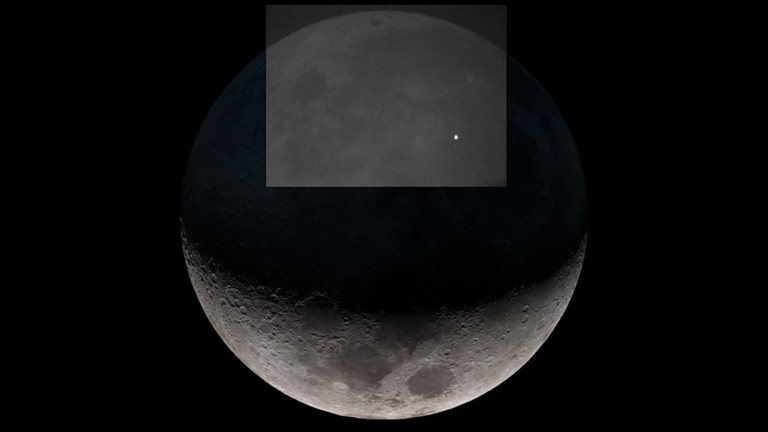The flashes on the moon’s surface are spotted multiple times a week—but what are they?
Some background: For thousands of years astronomers have observed strange flashes on the lunar surface, known as transient lunar phenomena. They’re there one second, and gone the next. There have been many guesses at what these lights might be. Maybe meteors are glowing on impact? Or charged solar wind reacting with lunar soil? They could even be light-reflecting gases that are being emitted during tectonic movement on the moon.
It’s time to settle the debate: A team led by Professor Hakan Kayal from the German university Julius-Maximilians-Universität Würzburg has set up a new telescope in Spain to study the phenomenon. Once its software is up and running, the telescope will automatically detect and track the flashes.
These measurements will then be compared with some taken by the European Space Agency. The team wants to determine if these flashes are even coming from the moon at all, or if they are formed in our own atmosphere by meteors or satellites. There’s hope the results might even give hints about the moon’s origins.
Why it matters: With a recent renewed focus on returning to the moon, Kayal says that this project is crucial so that humans can understand the regions where they hope to eventually set up shop and even live. Let’s get to know the neighborhood before we buy a house there, in other words.
Want to keep up to date with space tech news? Sign up for our space newsletter, The Airlock.

